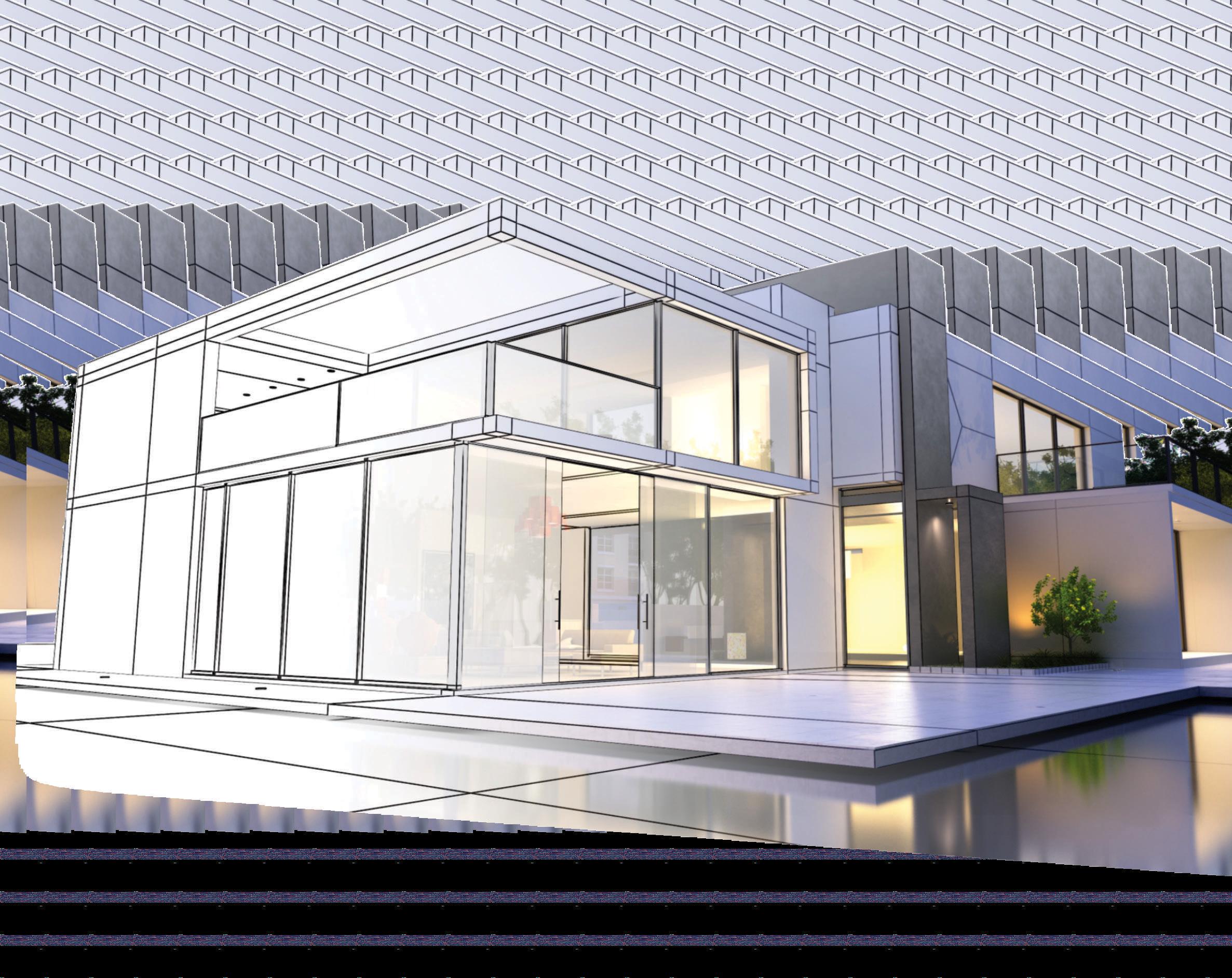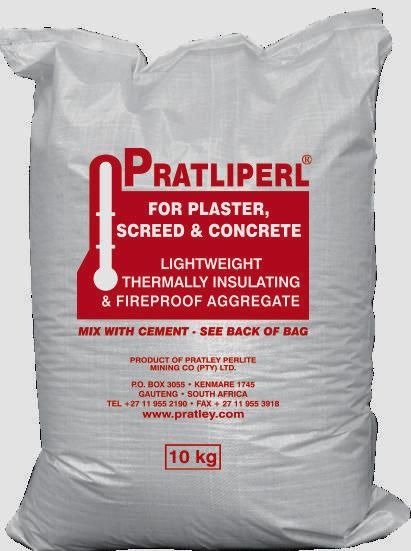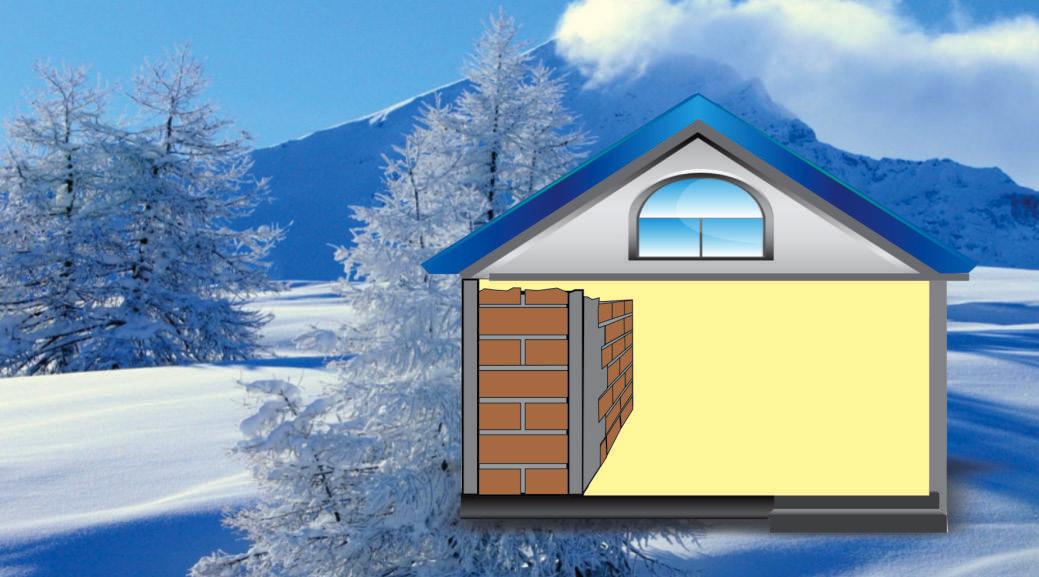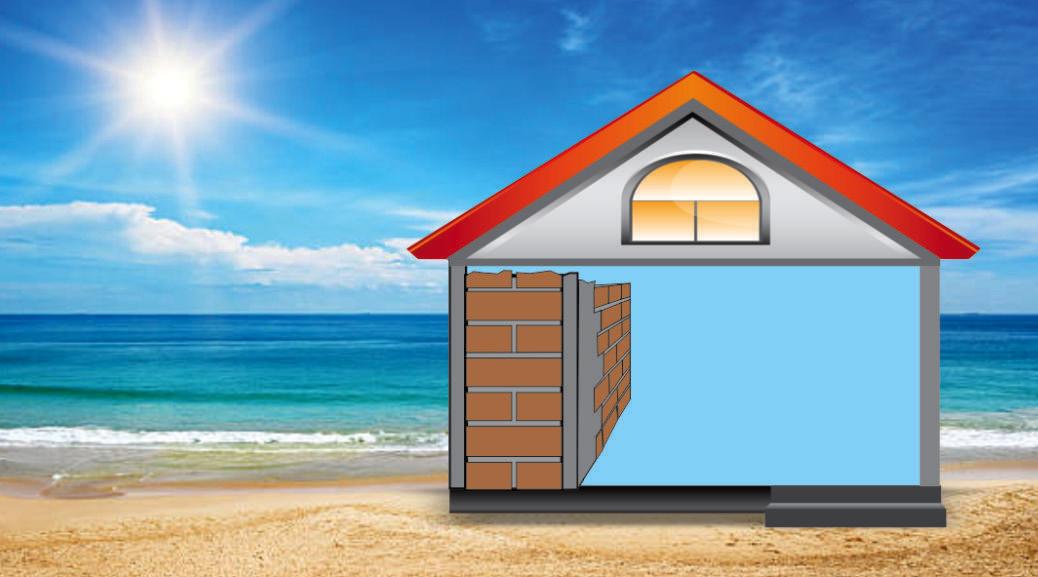
4 minute read
SMART MATERIALS Construction Industry Development Board (cidb)
SMART MATERIALS COMING TO A BUILDING NEAR YOU
Bongani Dladla - cidb CEO The future of the construction industry has arrived as the use of ‘smart building materials’ continues to grow and provide solutions to issues that are inherent to the sector, including the high cost of materials and the impact on the environment.
Advertisement
Products such as self-healing concrete, pollution-absorbing bricks and self-assembling structures which change their shapes to meet their functions are already being integrated on limited scales in the northern hemisphere. Such solutions add value to the entire life cycle of projects, from pre-design to construction to long-term maintenance.
Given the importance of the construction sector to the South African economy – and our industry’s reputation for innovation – we should expect these trends to soon become part of mainstream design and construction locally.
Construction sector’s ecological footprint
Concerns about the construction sector’s contribution to global greenhouse emissions and pollution are well documented. At the recent COP26 climate conference in Glasgow it was again noted that the high levels of carbon emissions should be addressed through higher levels of utilisation of renewable products and energy efficiency. Put simply, our industry must change the way in which we produce and consume.
To reduce its ecological footprint the construction sector must move from a linear to a circular approach. For centuries the process has been linear. We extract natural resources, we process them, we turn them into construction products, and when they are no longer needed, we discard them. This is often referred to as “take, make, and dispose”.
In a circular economy, extraction and waste are kept to a minimum and materials are used – and reused – as long as possible. This keeps construction materials in a closed loop to retain their maximum value.
By adopting these solutions, industry can extend the life cycle of products, recover waste to give it a second purpose as new products and, thus, ensure a more
sustainable production model. Old buildings are being converted for new usages and when they are demolished, the materials are being reused in the construction of new buildings.
In addition, clients, consultants, and contractors are increasingly making smart choices by incorporating energy-efficient features in both the design and construction stages to ensure higher levels of recycling of waste generated during the building process. However, it is often difficult to decarbonise many of the materials used in construction because greenhouse gas emissions are created in the production of materials such as concrete.
New generation of building materials
Thus, many companies are coming up with innovative solutions to bring a new generation of building materials to the market and introduce such products into the mainstream of construction. Such materials are engineered to be stronger, ‘smarter’, self-sustaining, and kinder on the environment.
One such innovation is self-healing concrete which is achieved by adding bacteria to the concrete which then produce limestone when exposed to water and air. The limestone seals the cracks and prolongs the lifetime of the concrete structures. “Breathing bricks” are already used in which the material acts as a vacuum cleaner to separate polluting particles and deposit them in containers at the base.
Much research has been conducted in the field of structures that are 3D printed and then self-assemble into a pre-defined structure. Such components then change their shape when exposed to heat, light or water.
Many of these practices and projects are still in the initial stages of applications and may only be used by larger and resource-rich companies. But the rapid advances in innovation experienced in recent years indicate that they will soon become part of mainstream construction, also in South Africa.
1000 CHOICES. MAKING ALL THE RIGHT ONES. 1 QUALITY CEMENT.
WHAT GOES INTO IT MATTERS.


We know that building today only matters if we have a tomorrow to look forward to. As leaders in sustainability, we’ve undertaken significant initiatives in the areas of energy optimisation and emission reduction, including the rehabilitation of mines, optimally using resources and holistically reducing our carbon footprint. Our responsible attitude towards the environment informs everything we do in order to sustain life for future generations. Ask for AfriSam.
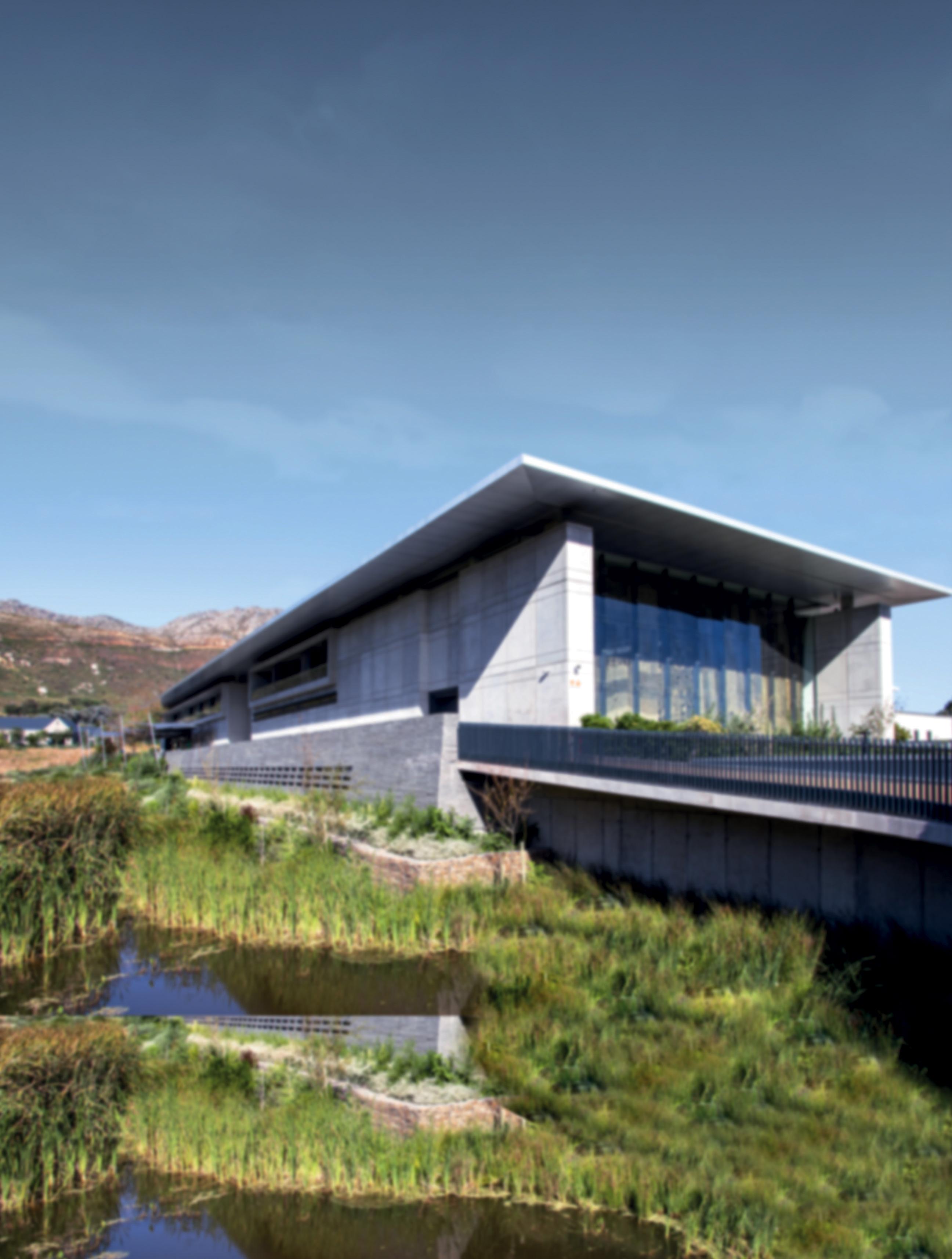
THE GREEN AGENDA BRINGING THE INDUSTRY TOGETHER TO A MORE SUSTAINABLE FUTURE
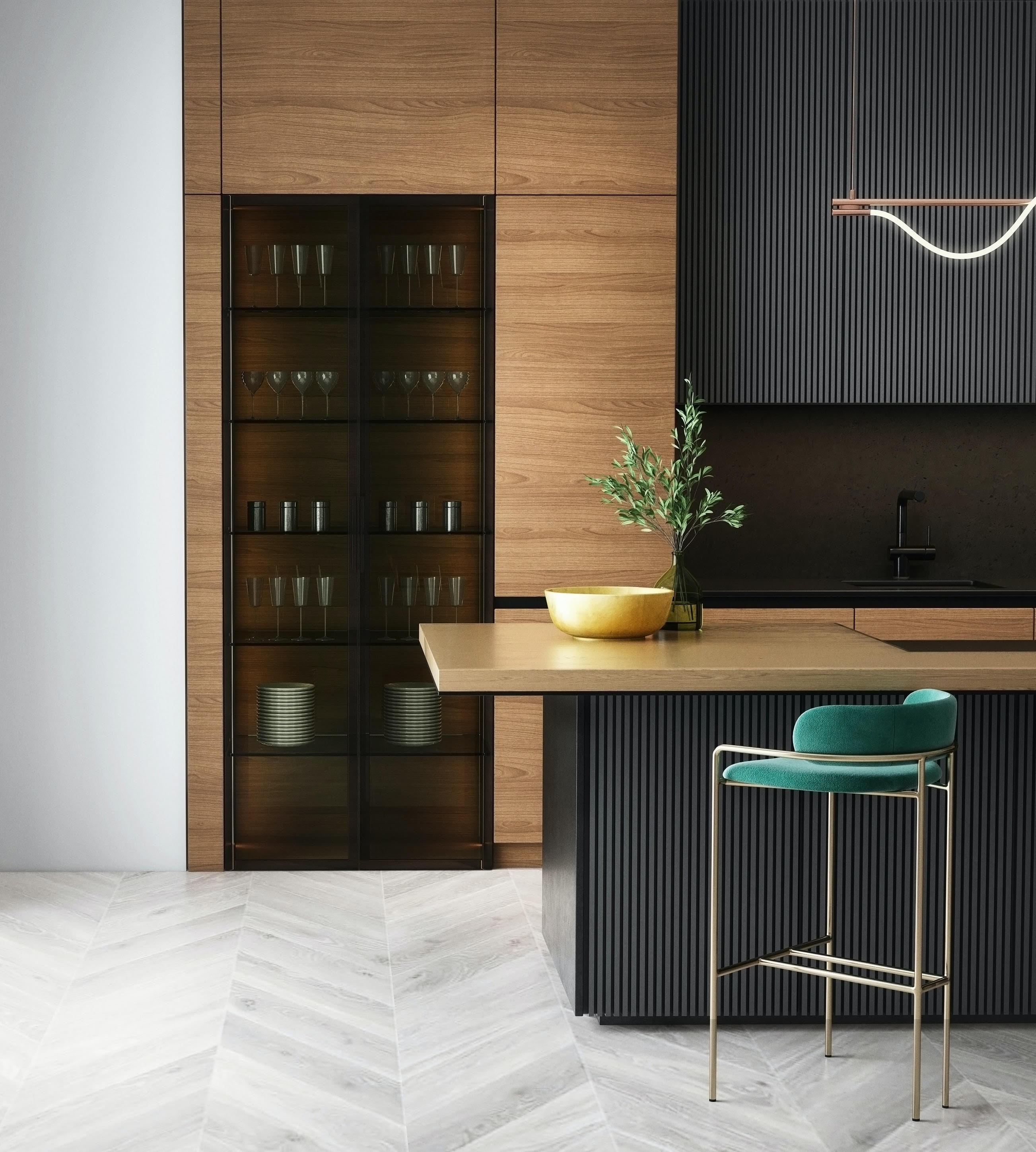

ADVERTISE WITH US:
For advertising and enquiries contact Thandiswa Mbijane: thandi@thegreenagenda.co.za
